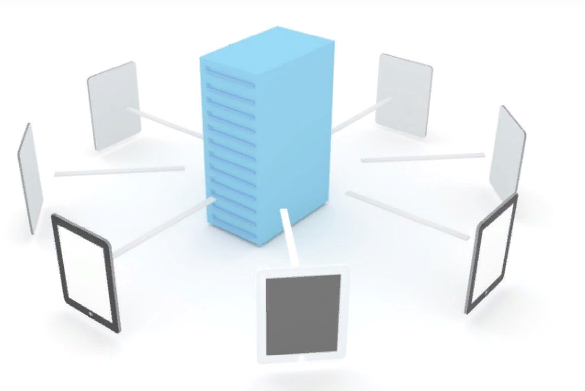When Windows Server 2016 has been released, the data deduplication was not available for ReFS file system. With Storage Spaces Direct, the volume should be formatted in ReFS to get latest features (Accelerated VHDX operations) and to get the best performance. So, for Storage Spaces Direct data deduplication was not available. Data Deduplication can reduce the storage usage by removing duplicated blocks by replacing by metadata.
Since Windows Server 1709, Data deduplication is supported for ReFS volume. That means that it will be also available in Windows Server 2019. I have updated my S2D lab to Windows Server 2019 to show you how it will be easy to enable deduplication on your S2D volume.
Requirements
To implement data deduplication on S2D volume in Windows Server 2019 you need the following:
- An up and running S2D cluster executed by Windows Server 2019
- (Optional) Windows Admin Center: it will help to implement deduplication
- Install the deduplication feature on each node: Install-WindowsFeature FS-Data-Deduplication

Enable deduplication
Storage Spaces Direct in Windows Server 2019 will be fully manageable from Windows Admin Center (WAC). That means that you can also enable deduplication and compression from WAC. Connect to your hyperconverged cluster from WAC and navigate to Volumes. Select the volume you want and enable Deduplication and compression.

WAC raises an information pop-up to explain you what deduplication and compression is. Click on Start.

Select Hyper-V as deduplication mode and click on Enable deduplication.

Once it is activated, WAC should tell you the percent of saved state. Currently it is not working in WAC 1804.

Get information by using PowerShell
To get deduplication information on S2D node, open a PowerShell prompt. You can get the list of data deduplication command by running Get-Command *Dedup*.

If you run Get-DedupStatus, you should get the following data deduplication summary. As you can see in the following screenshot, I have saved some spaces in my CSV volume.

By running Get-DedupVolume, you can get the saving rate of the data deduplication. In my lab, data deduplication helps me to save almost 50% of storage space. Not bad.

Conclusion
Data deduplication on S2D was expected by many of customers. With Windows Server 2019, the feature will be available. Currently when you deploy 3-way Mirroring for VM, only 33% of raw storage is available. With Data Deduplication we can expect 50%. Thanks to this feature, the average cost of a S2D solution will be reduced.






